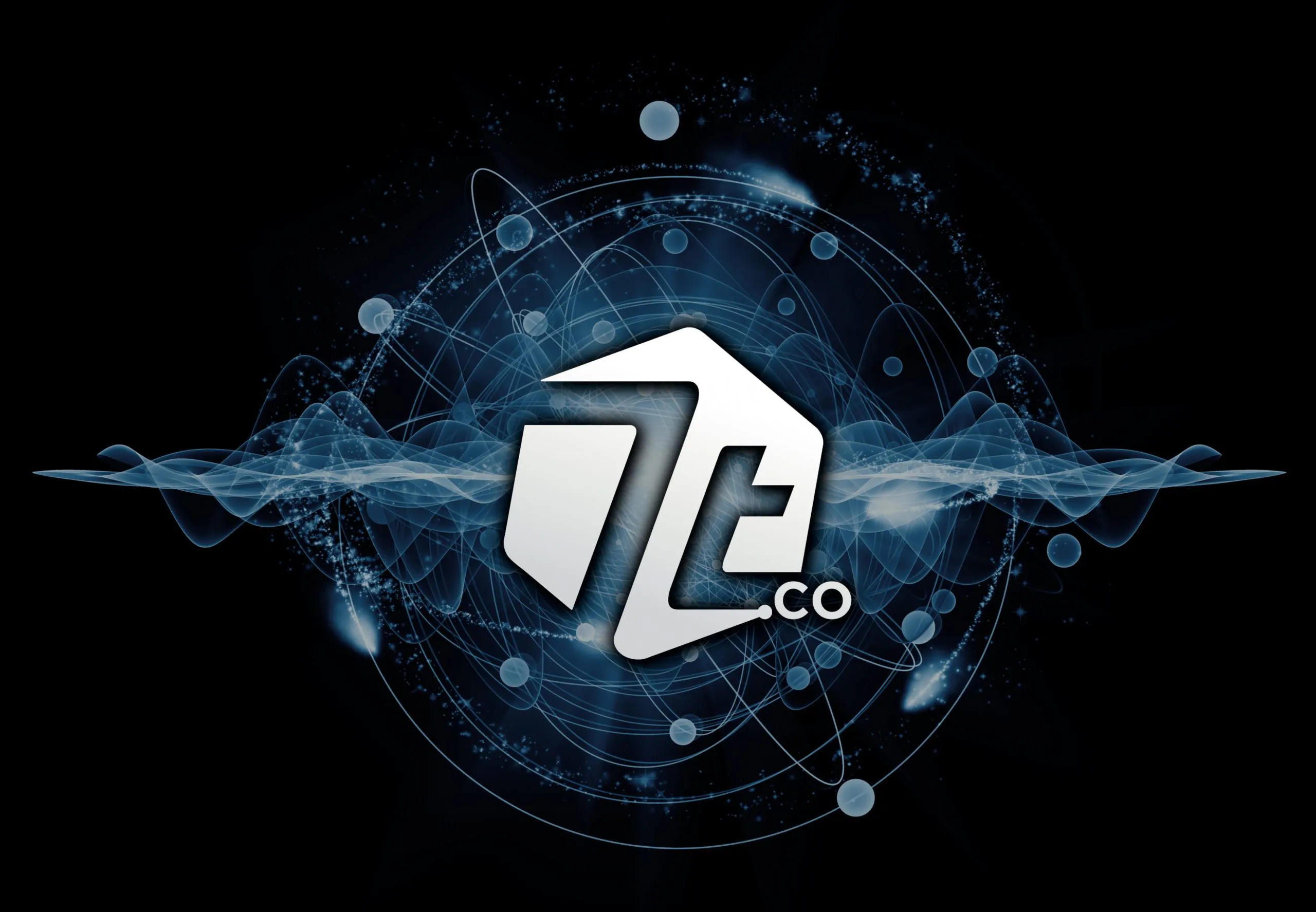There’s a new technology making waves and it’s called edge computing. At least, that seems to be the perception. The reality is that, while impressive and extremely useful, the concept has been around for years.
The success of edge computing can be attributed to both technological advancements and the natural rebranding that has accompanied its evolution. But we do love a good story!
Let’s take a look at the advancements that led us to the edge computing we know today.
Machine to Machine (M2M) and Internet of Things (IoT)
You may remember the origins of edge computing as “Machine to Machine” or “M2M”, a developing technology that got its start in the 90s.
As its name implies, M2M refers to the connections and communication between machines. This transfer of data and information occurs through wired or cellular networks without requiring human participation for decision-making.
M2M gave rise to what is known as Internet of Things (IoT), a network of interconnected devices. IoT furthered M2M connection by connecting devices within the cloud. Thanks to cloud computing, IoT provides immensely scalable opportunities.
IoT devices don’t have to be innately tech-related. Appliances, cars and many other “smart” devices come equipped with internet connections, linking you to a larger data-driven network.
Both M2M and IoT empower the potential for hands-off decision-making, while remote access enables us to monitor and manage devices through a central device or hub.
In the case of M2M, machine connection is possible through hardware and built-in components for “point to point” communications, while IoT connection is attained through IP networks. Machine to Machine and IoT are still very much present in the world today. However, edge computing is the next installment in this series of advancements.
What is Edge Computing?
Rather than a replacement for cloud computing, edge computing is said to “bring the cloud to you.” These two approaches often work together to provide complementary benefits.
We understand at a fundamental level the necessity for ever-evolving, informed, data-driven decision making. The purpose of edge computing is to extend data processing and storage to manage real-time data and run analytics locally, using lightweight devices.
The “decentralized” infrastructure means that edge computing occurs locally, at the data source, or close by. However, as decentralized as it may seem, edge devices can still link up to the cloud.
A few key benefits of edge computing are connectivity, its data-driven nature and the capability for autonomous decision-making. Not only can it be more efficient, but it’s significantly more cost-effective, as well.
There is also the potential to bring AI onto edge devices. Even the unassuming raspberry pi can be an example of an edge AI device. In fact, the raspberry pi and AI chips could be key to unlocking the potential of edge computing.
Cloud Computing vs Edge Computing vs Fog Computing
You may be thinking, “Isn’t hardware against everything cloud computing stands for?” Well, no. Just because your data is “in the cloud” doesn’t mean that there aren’t servers somewhere being managed by your cloud service provider.
Edge computing just pulls back the curtain slightly and entrusts this computational power to edge devices. While centrality and rest are key to the cloud’s success, the edge takes back a bit of device independence to prioritize speed.
Another key player in data processing is fog computing, which spans the gap between cloud and edge computing. While fog still moves data processing closer to the device, it occurs at a distance, through nodes or “gateways.”
These nodes of fog computing are able to perform preprocessing tasks and communicate with the machine or edge devices. However, due to their limited computing power, they can also transfer data back to the cloud periodically.
Addressing latency is one of the main benefits of edge and fog computing. It expedites the process instead of waiting for the device to send data into the cloud — where it would be received and processed before prompting a decision and then sending information back to the original device. However, as a tradeoff for real-time processing, storage capacity decreases the closer you get to the device.
Edge and fog computing are far more than merely meeting the needs of our shrinking attention spans. This delay is not acceptable for many personal applications.
Examples of Edge and Fog Computing
Tesla makes use of edge computing in the creation of self-driving cars. Imagine the numerous implications that would arise if these processes occurred in the cloud. If passengers were approaching a red light and the car needed to make a decision to stop, what would latency mean for you? At that point, cloud computing would blur the lines between “buffer” and “bumper.”
Even though network latency might only delay decision-making by milliseconds, it is a substantial difference when considering the importance of reaction time while driving. Edge computing can help greatly improve processing speed by alleviating constantly-fluctuating network traffic.
Another example of edge computing is smart video cameras, like those from Axis Communications. Video preprocessing occurs at the device level, with the ability to manage connected devices. Smart cameras can also utilize fog technology if the device connects via ethernet to your local area network (LAN), rather than having an internal processor. Edge computing provides the processing power needed for real-time video analytics.
There are many other applications of edge and fog computing, such as monitoring wind farms and oil pipelines. Industries across the board can benefit from the capabilities of edge devices and the bandwidth that they provide.
Edge Computing Security
Whenever discussions of cloud computing occur, it is natural to question the security and safety of your data. Processing and storing data locally helps to protect personal data when there are built-in security controls and configurations. Additionally, it is important to maintain the security of the IP networks that edge devices utilize.
While Azure is the name of Microsoft’s cloud computing services, the Azure Sphere is their latest advancement in edge technology. A “comprehensive, IoT security solution,” their chips will power products and devices created for “the intelligent edge.”
Developments like the Microsoft Azure Sphere show the emphasis that companies are placing on security and innovation. As edge computing offers an alternative to complete cloud control handled by a few major corporations, it’s no surprise Microsoft is looking to capitalize on this venture as well.
There is always the possibility that an insecure internet connection or data transfer can be hacked. As the technology surrounding edge computing continues to advance, both the security and the potential for harm will, as well.
Continued efforts to increase security and act both proactively and responsively are necessary to maintain the integrity and benefits of edge computing.
Experience the Benefits of the Edge
Edge computing builds upon the foundations of M2M and the advancements of the IoT. As we continue to explore the possibilities that this technology offers, new applications will arise.
So should we be excited about edge computing? Absolutely.
But instead of meeting someone for the first time, it’s more like reconnecting with an old friend.
If you are interested in harnessing the power of the cloud, 7T offers software consulting and cloud integration services, guiding businesses through digital transformation. Our team also specializes in software development, mobile app development, and progressive web apps, so that you can connect to the IoT or manage your edge devices through one custom, easy-to-use platform.
Check out our work with Sous Vide Supreme, a mobile app that allows users to control their devices from their phones, connect with friends and explore new recipes.
To learn more about the benefits of cloud integrations for your business, or to discuss your development project, connect with our team today.










